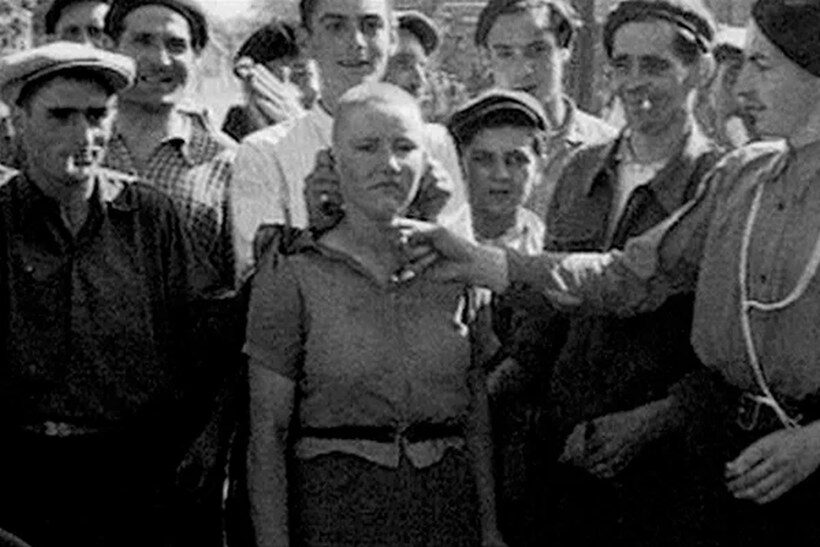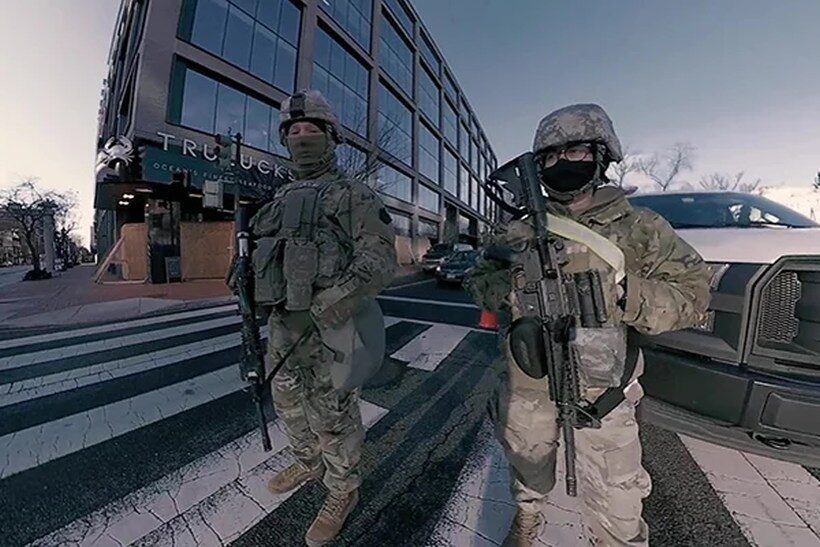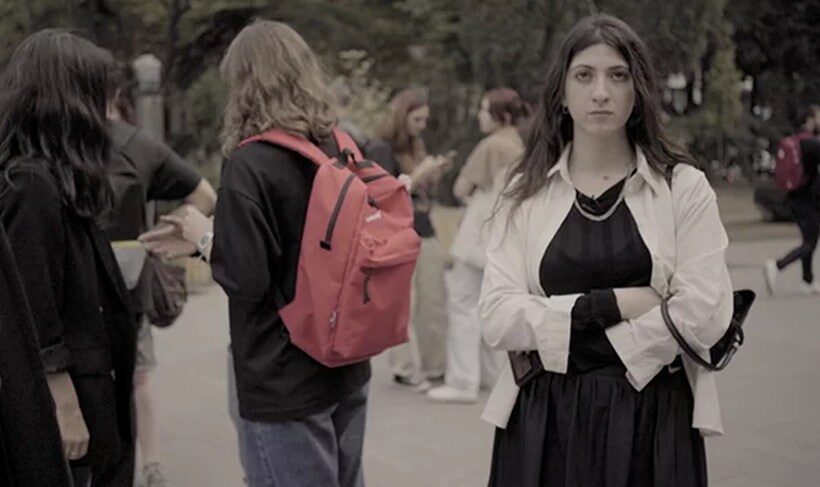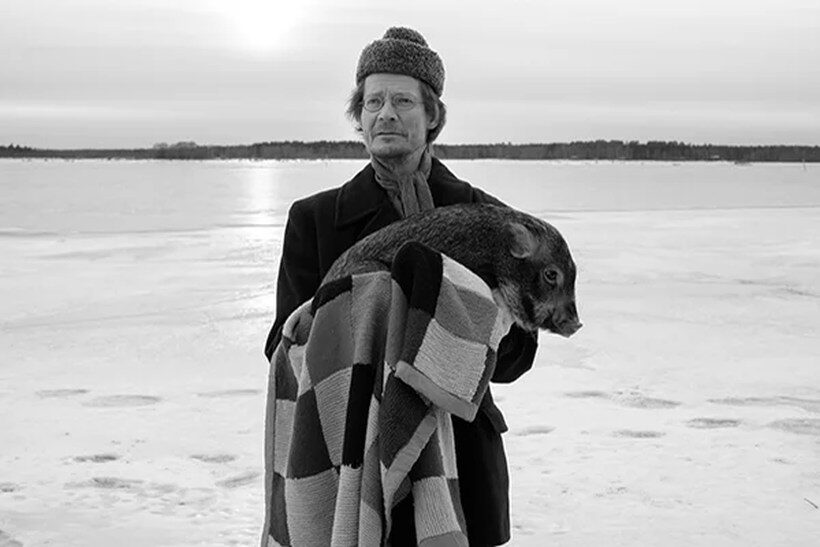Tampere and saunas are inseparable — at least in the minds of those in the short film community who have attended or been regaled with stories about Tampere Film Festival guest trips to dark, smoky cabins for initiation by smoke and steam into this proud, communal Finnish tradition. The artistic director Jukka-Pekka Laakso joked at the most recent edition in March that at least the festival is world-famous for something — but his typical dry humour is self-deprecating, the team of the largest short film festival in the Nordic region being secure in the knowledge that the five-day programme of screenings is consistently strong as well. This year, along with its international and national competitions, the well-curated focus programmes included a section entitled Democracy in Danger, examining the history and resurgence of authoritarian regimes and methods of resistance; a South Caucasus focus, with films from Georgia, Armenia and Azerbaijan navigating socio-political pressures and identity struggles; and a retrospective screening with live organ music accompaniment of a trilogy of silent shorts by Finnish director Juho Kuosmanen, TRIANGLE OF HOPE, in the Tampere Cathedral.

Even If She Had Been a Criminal © Jean-Gabriel Périot
Rising fascism across Europe and today’s febrile political climate around the censorship of artistic expression and protest made the Democracy in Danger programme feel particularly urgent and essential, as it spotlit flashpoint moments and tests of citizen conscience through the decades. There could have been no better choice than to open the programme with EVEN IF SHE HAD BEEN A CRIMINAL from French filmmaker Jean-Gabriel Periot. In this visceral, devastating 2006 work, Periot propels us, accompanied by the French national anthem The Marseillaise, at lightning-speed through archival footage of the Second World War, a catalogue of partisan allegiances and annihilation too dizzying, as it was for its participants, to adequately process. We land smack in the middle of a harrowing public spectacle during France’s liberation in the summer of 1944: the humiliation of women suspected of having had sexual relations with members of the Nazi occupying forces. The women are jeered at, hit and roughly held in view for the crowd’s satisfaction as their hair is shaved off — a chaotic scene of vengeance and the channeling of pent-up rage and projected shame onto women’s bodies that is charged with mob hatred. This is the extreme face of war and vilification of the other as enemy, in a film that draws its power from the moral greyness at its heart: even if these women were really ethically bankrupt traitors, could justice come in the form of yet more punitive cruelty? These terrible scenes seem cursed by collective trauma and scapegoating guilt, rather than buoyed by regeneration. The title’s conditionality urges us to imagine a nuanced way forward, that understands that fear and opportunistic pragmatism may be as integral to wartime societies and the survival instinct as solidarity and heroism, and that rebuilding requires rehabilitation.

Last Day © Cyprien Clément-Delmas
Also in Democracy in Danger, Pirjo Honkasalo and Pekka Lehto’s snapshot of the gathering, regalia and ceremonial posturing of Finnish fascists in the 1970s in documentary THE SIGN OF DANGER (1978) showed that National Socialism haunts post-war Europe in a legacy of mimicry, while Cyprien Clement-Delmas’s LAST DAY (2021), which captures the fanatical statements of a rag-tag group of dissenters in Washington D.C. on the day of US President Joe Biden’s inauguration in 2021 shows new manifestations of militancy. To acknowledge that authoritarian control comes in various ideological guises, Bogdan Muresanu’s taut narrative short THE CHRISTMAS GIFT (2018) depicts a Romanian family gripped by panic as a child’s innocent Christmas gesture threatens to click into motion dictator Ceausescu’s ubiquitous surveillance machine of Communist-era state terror; in Estibaliz Urresola Solaguren’s CHORDS, it’s polluting big business and corporate corruption that threaten a choir in Spain. Queer performance art and environmental activism against resource plunder combine in Jorge Cadena’s FLORES DEL OTRO PATIO (2022), in which mesmeric costumery becomes the poetic armour of rebellion in Colombia, in a stand-out of the Citizens in Action screening, which also included Agnes Varda’s classic documentary on Oakland’s black power organisation, BLACK PANTHERS (1968).

Dreamland © Maradia Tsaava
The Chai Kana: Female Voices of the Caucasus screening was a highlight of the South Caucasus focus, showcasing work from independent platform Chai Khana, which supports up-and-coming documentary voices. Maradia Tsaava’s DREAMLAND (2023) follows the struggle of 21-year-old Marisha to rent an affordable room in Georgia’s capital of Tbilisi so that she can complete her studies in-person rather than online, a huge influx of Russians fleeing army mobilisation having driven up rates astronomically and priced out locals. It’s a succinct, effective portrait of curtailed options for youth in a region in which capitalistic exploitation is just one new strain of a long legacy of pressure from Russian imperialist power, but where resilience persists. Maka Gogaladze’s MY ROOM (2020), which through archival footage connects personal family history to the wider, turbulent political trajectory of Georgia, was another gem.

The Moonshiners © Juho Kuosmanen
The Tampere Cathedral is steeped in Finnish history and even the odd bullet hole, 1,700 citizens having sheltered there as fire was exchanged during a Civil War battle in 1918, when Tampere was a labour movement stronghold. A wholly distinctive Lutheran church built in the National Romantic style, its decorative touches were entrusted to turn-of-the-century Finnish symbolist painter Hugo Simberg. His fresco The Garden of Death shows black-coaked skeletons watering cactii and flowers, while a coiled serpent with a tempting apple in its mouth stares down from the ceiling, a dark hint of wit threaded through the imagery’s intensity. It was a fine setting for Juho Kuosmanen’s silent films, which merge past and present with surrealist glee and huge heart, and were accompanied by organist Esa Taivola. Kuosmanen, acclaimed for his features THE HAPPIEST DAY IN THE LIFE OF OLLI MAKI (2016) and COMPARTMENT NO. 6 (2021), made a trilogy over the course of a decade that draws humour and deep pathos from the losses and unjust hardships of hardscrabble existence. Hairbrained schemes against all rational hope buoy its protagonists after they have lost everything, whether it’s hawking personal possessions after home demolition (SCRAP-MATTILA AND THE BEAUTIFUL WOMAN, 2012), moonshine-peddling and getting fleeced gambling (THE MOONSHINERS, 2017), or building a spacecraft to reunite with the deceased in the sky’s outer reaches (A PLANET FAR AWAY, 2023). Survival needs bite deep, but romance blooms in aridity. These black-and-white charmers tap the makeshift magic of early cinema to show wonder as a simple spark, eternally renewable even in the darkest of times.